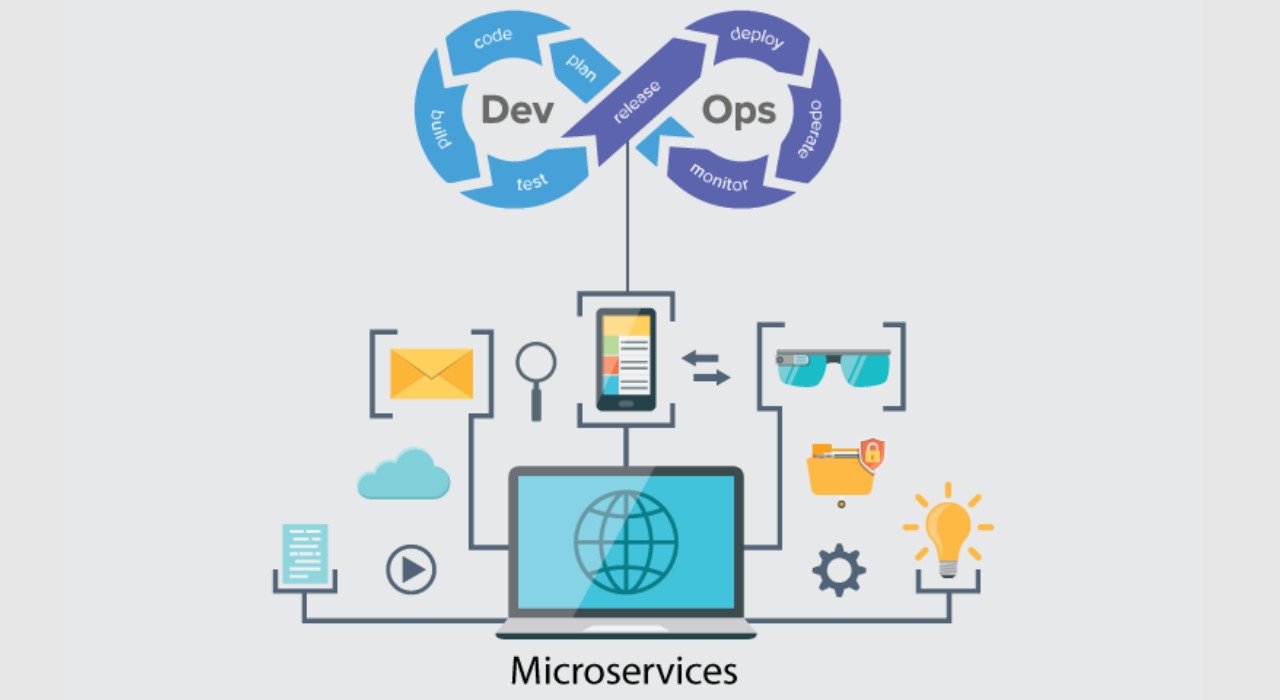
Unleashing Innovation: A Dive into Microservices Architecture
In the ever-evolving landscape of software development, Microservices Architecture has emerged as a game-changer, transforming the way applications are designed, developed, and deployed. This innovative approach to building software has gained widespread adoption, and for good reason
Microservices Architecture is a structural style where an application is composed of loosely coupled, independently deployable services. Unlike the traditional monolithic architecture, where all components are tightly integrated, microservices break down the application into smaller, manageable services that communicate with each other through well-defined APIs.
One of the primary advantages of Microservices Architecture is its ability to foster agility and scalability. Developers can work on individual services independently, allowing for faster development cycles and easier maintenance. This modularity not only accelerates the overall development process but also enables organizations to adapt swiftly to changing business requirements.
Scalability is another key benefit. With microservices, each service can be scaled independently based on demand, optimizing resource utilization and ensuring efficient performance. This flexibility is particularly advantageous for applications with varying workloads, providing a cost-effective solution compared to scaling an entire monolithic application.
Fault isolation is inherent in Microservices Architecture. Since each service operates independently, the failure of one service does not necessarily affect the entire application. This resilience ensures better fault tolerance, making it easier to identify and address issues without compromising the entire system.
Microservices: Unleashing Agility, Scaling Innovation – Redefining Software Development for a Dynamic Future of Possibilities and Growth.

Additionally, Microservices Architecture promotes technology diversity. Each service can be developed using the most suitable programming language and framework for its specific functionality. This flexibility allows organizations to leverage the strengths of different technologies and adapt to the evolving tech landscape without overhauling the entire system.
However, it's important to note that while Microservices Architecture offers numerous benefits, it also introduces challenges such as increased complexity in managing distributed systems, potential communication overhead, and the need for robust infrastructure. Therefore, careful planning and implementation are crucial to realizing the full potential of this architectural style.
In conclusion, Microservices Architecture is a powerful paradigm shift that empowers organizations to build agile, scalable, and resilient applications. By breaking down monolithic structures into smaller, focused services, developers can create software that not only meets the demands of today's dynamic business environment but also paves the way for future innovations. Embracing Microservices Architecture is not just a technological choice; it's a strategic move towards unleashing the full potential of modern software development.

